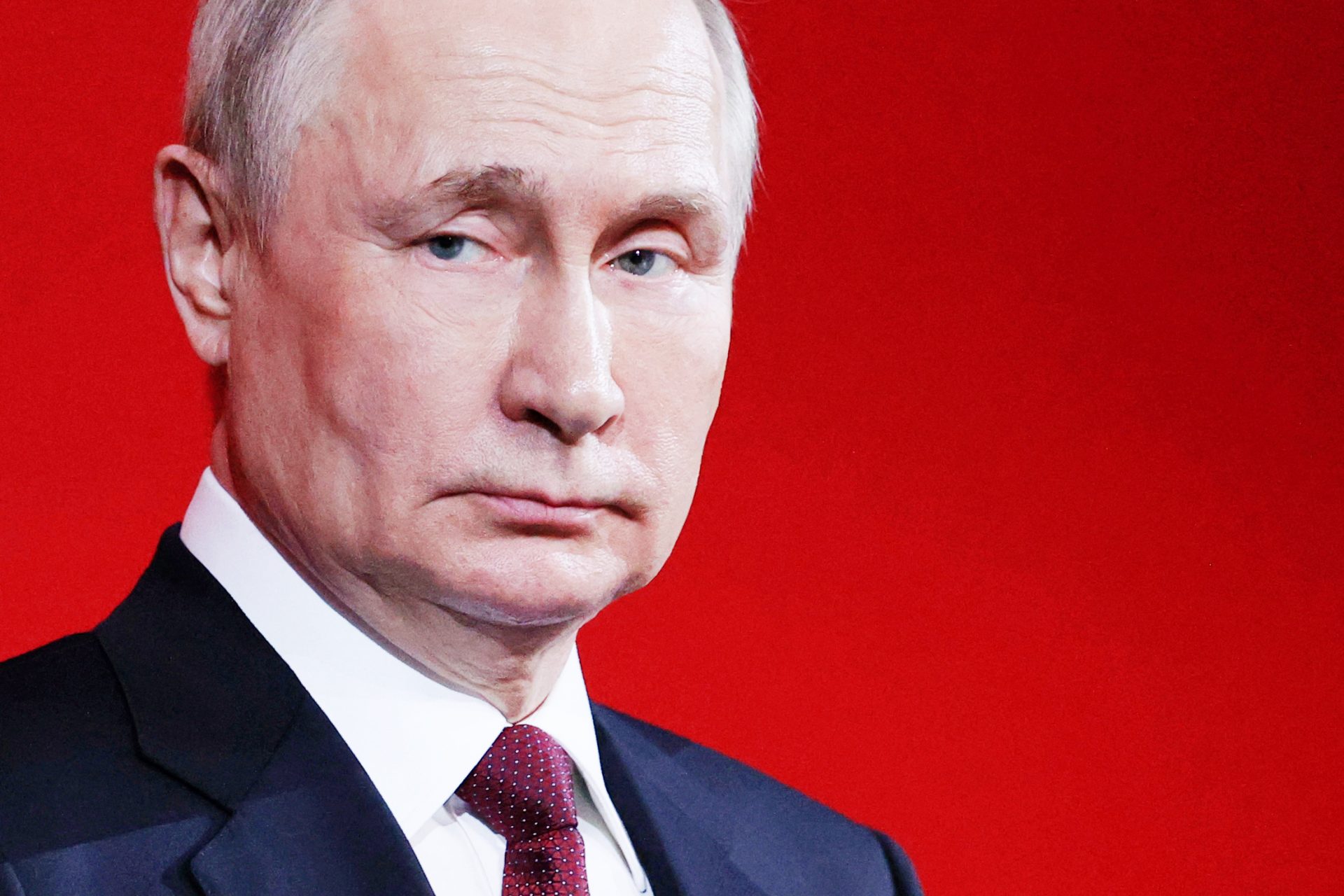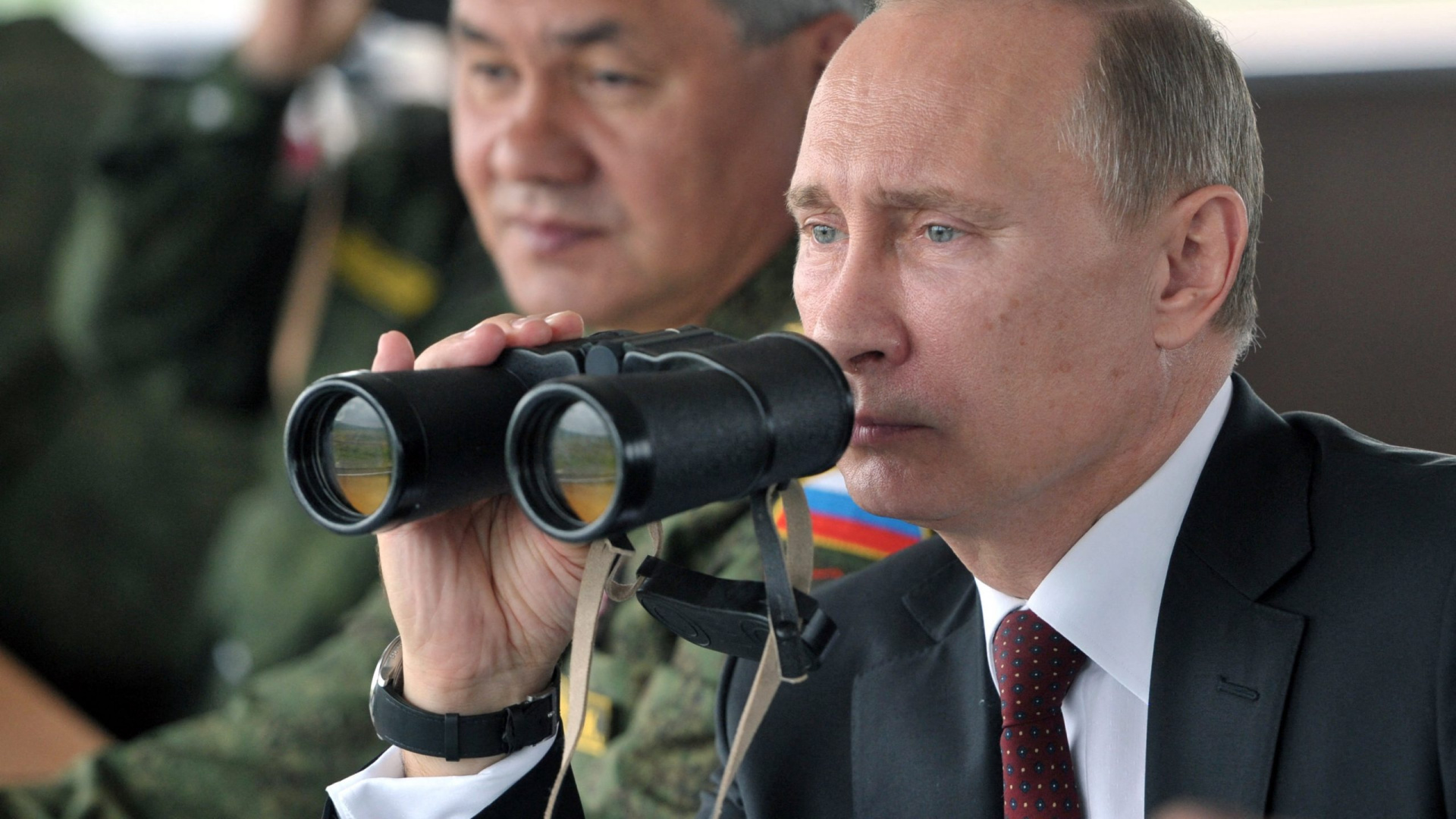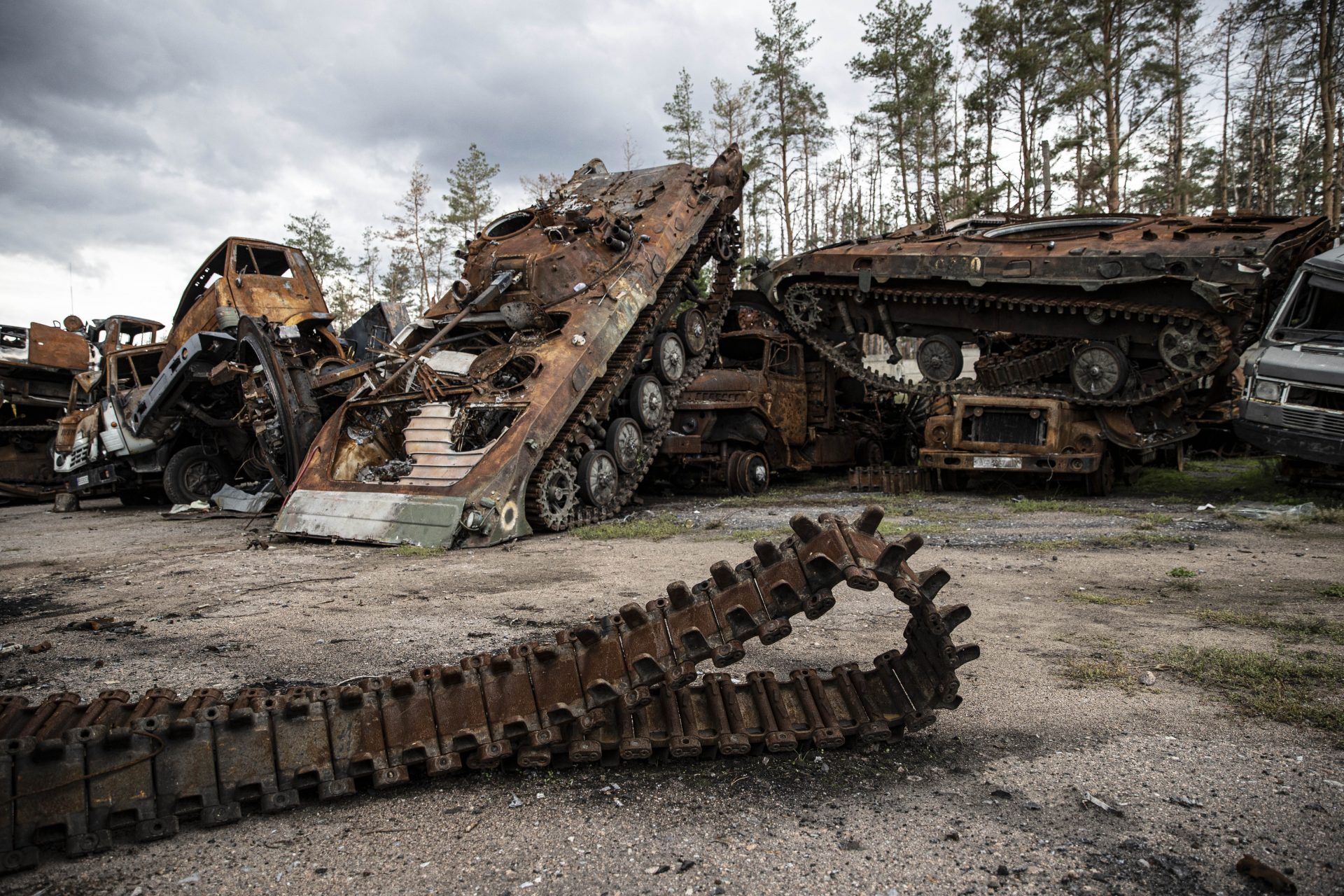77 years since the atomic bombings Hiroshima and Nagasaki
Seventy-seven years have passed since the atomic bombs were dropped on Hiroshima and Nagasaki by US forces in the final stages of World War II in 1945.
However, our fear of the nuclear bomb continues. And the shock of the pictures after the bombing of the two Japanese cities will never go away.
Increased risk of malignant tumors, enormous environmental damage, chronic radiation sickness, psychological shock... The list of terrible consequences is very long.
A clock was found in the rubble of Hiroshima, which stopped at the moment of the explosion.
Here is another sad result of the Hiroshima massacre. Where there was a person before, only a shadow was visible after the explosion.
The effect created by the action of light radiation on a body during a nuclear explosion is called the "Hiroshima shadow".
As a result of the explosion, 80 thousand people were killed instantly, but after some time there was a huge number of deaths from cancer and other radiation-related diseases. According to various estimates, between 130,000 and 226,000 people died from the bombing, mostly civilians.
The survivors of the nuclear explosions are referred to as "hibakusha" (translated from Japanese: 'hi' for 'suffering', 'baku' for 'bomb' and 'sha' for 'human'). The picture shows a victim of an explosion in a makeshift hospital in a bank in Hiroshima.
If one includes the deaths from radioactive contamination of children born to women who were exposed to the blasts, one can say that the bombs are still claiming victims to this day.
In 2013, the death toll in the years following the bombing was estimated at about 450,000: 286,818 in Hiroshima and 162,083 in Nagasaki.
Children in 1948 wearing masks to protect themselves from radioactive contamination in the city of Hiroshima.
A scene from the 1952 film about Hiroshima, funded by the Japan School Teachers' Union, documenting the destruction caused by the atomic bomb.
Above we see burned trees 860 meters from the epicenter of the Hiroshima blast. The photo below shows the same trees on May 26, 2016.
The Hiroshima Peace Memorial, the former Chamber of Commerce and Industry building, was one of the few structures not completely destroyed by the bomb.
To commemorate the horrific event, it became part of the UNESCO World Heritage Site in 1996.
Today, on the site next to the Atomic Dome is the Peace Park, which is visited by millions of people from all over the world.
In the picture, Setsuko Thurlow, winner of the 2017 Nobel Peace Prize for her work in the International Campaign to Abolish Nuclear Weapons, presents Pope Francis with a lantern containing a flame from the Hiroshima explosion. The photo was taken on March 20, 2019 in St. Peter's Square in the Vatican.
The bomb on Hiroshima was dropped by Colonel Paul Tibbets from a B-29 bomber, which the pilot named 'Enola Gay' after his mother. Tibbets died in 2007 at the age of 92.
Tibbets had no regrets, and years later, in 2005, he told the Asia-Pacific Journal, "If they put me in the same situation, I would do it again."
This is what the atomic bomb nicknamed 'Little Boy' looked like that was dropped on Hiroshima on August 6, 1945.
Charles Sweeney, commander of the B-29 Bock' s Car bomber, dropped the bomb on the city of Nagasaki. He was then 25 years old. It was the first bomb he ever dropped.
On August 9, 1945, the plutonium atomic bomb dubbed 'Fat Man' was dropped on another Japanese city: Nagasaki.
Few know that the bomb was supposed to be dropped on the city of Kokura (pictured in 1945), but had to be dropped on Nagasaki due to bad weather conditions.
Charles Sweeney lectured to colleges and universities about his role in dropping the bomb. He died in Boston Hospital in 2004 at the age of 84. The picture shows his burial with full military honors.
Obama was the first sitting US President to visit Hiroshima in 2016. He said the world must prevent such a catastrophe from happening again and called for the abolition of nuclear weapons.
In 1950, the Hiroshima Peace Museum was opened to educate the world about the terrible tragedy and consequences of nuclear radiation.
In the park on can visit the Memorial to the Victims of the Atomic Bomb, the Peace Museum, the Atomic Dome, the Children's Peace Memorial, the National Peace Memorial Hall to the Victims of the Atomic Bomb and other memorials in the vicinity of the park.
One of the stories of the Hiroshima victims is that of a little girl, Sadako Sasaki, who died a few years later as a result of the bomb. To the end, Sadako believed in the legend of the thousand paper cranes that can even heal a seriously ill person. But her healing never came.
Sadako made paper cranes in the hospital hoping they would grant her wish. The paper cranes were her last hope for healing, but she died. The people were amazed at her will to live and endless hope.
That is why her name, like the paper crane itself, became a symbol of the peace movement and a constant reminder of the terrible consequences of a nuclear explosion.
Photo: By Unknown author, Wiki Commons, Public Domain
Despite the colossal damage and horror caused by the atomic bombings of Hiroshima and Nagasaki, both cities have rebuilt themselves, struggled back to life and started a whole new life.
Anyone who has visited both cities will leave with a sense of wonder at how this could have happened, as well as a sense of deep respect for generations of residents of these cities.
More for you
Top Stories













































